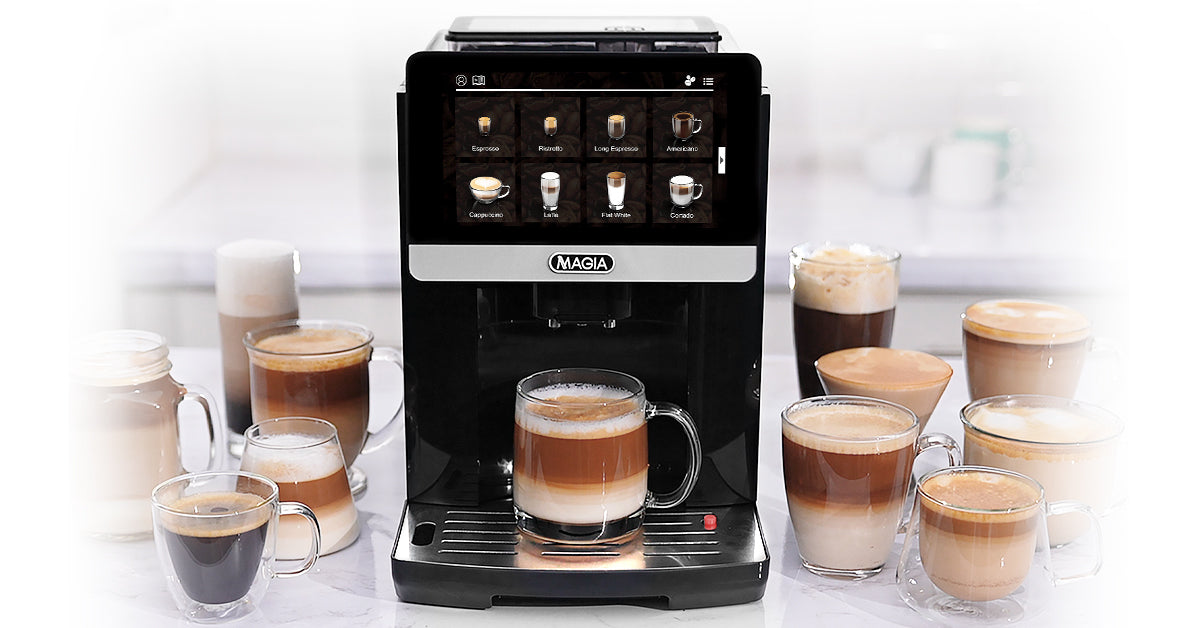
The Espresso Machine vs. French Press Dilemma
Choosing between an espresso machine and a French press can be a delightful quandary for coffee aficionados. Both methods promise a rich and satisfying cup, but their brewing processes, costs, and final flavor profiles offer distinct experiences.
This guide will look into the intricacies of each method, empowering you to select the brewing companion that aligns with your individual taste, budget, and lifestyle.
The Espresso Machine
Celebrated for its ability to craft high-quality espresso quickly and consistently, the espresso machine is often the go-to choice for those who appreciate a strong, concentrated coffee and enjoy the artistry involved in its creation.

Espresso machines operate by heating water and forcing it through finely-ground coffee at high pressure. This high-pressure extraction process results in a concentrated coffee known as espresso, characterized by its rich flavor and the iconic layer of crema that graces its surface.
The essential components of an espresso machine include a water reservoir, a pump, a boiler, and a portafilter, each playing a crucial role in the brewing process.
The Perks of Espresso Machines
One of the primary advantages of espresso machines is their speed. They can brew a shot of espresso in under a minute, a boon for those rushed mornings.
Moreover, espresso machines provide excellent consistency. Once properly calibrated, they produce the same high-quality espresso shot time and time again, ensuring a reliable coffee experience.
Additionally, espresso machines are highly versatile. Many models feature steam wands for frothing milk, opening up a world of possibilities for crafting lattes, cappuccinos, and other delectable coffee beverages.
The Drawbacks of Espresso Machines
Despite their allure, espresso machines do have some disadvantages. The most significant is the cost. High-quality espresso machines can be a considerable investment, often ranging from several hundred to several thousand dollars.
Regular maintenance and cleaning are also essential to keep them functioning optimally, which can be time-consuming. Espresso machines also tend to occupy a considerable amount of counter space, a potential concern for smaller kitchens.
Espresso Machine Quality
Espresso machines produce a unique type of coffee known for its intense flavor and thick crema. The high-pressure extraction process ensures a rich and full-bodied coffee with a complex taste profile that many coffee enthusiasts adore. The crema, a layer of frothy coffee oils on top, adds to the unique espresso experience, both in terms of flavor and visual appeal.
Espresso Machine Costs
Investing in an espresso machine involves a significant upfront cost. Quality machines can range from several hundred to several thousand dollars.
In addition to the initial purchase, a good burr grinder is essential for achieving the fine grind required for espresso. Other accessories, such as tampers, milk frothers, and cleaning supplies, can further add to the overall cost.
Regular maintenance, such as descaling and part replacement, is also necessary to keep the machine in good working order.
Espresso Machine Ease of Use
Using an espresso machine requires some initial setup and learning. Understanding how to grind the coffee correctly, tamp it evenly, and adjust the machine settings for optimal extraction are crucial skills to master.

While this learning curve can be steep, once mastered, the process of making espresso becomes quick and straightforward. However, regular cleaning and maintenance are essential to ensure the machine continues to function properly and produce high-quality coffee.
Espresso Machine Versatility
Espresso machines offer an impressive level of versatility. They allow for precise control over various brewing parameters, such as grind size, water temperature, and extraction time. This customization enables you to fine-tune your espresso to match your taste preferences perfectly.
Additionally, many machines come with steam wands or milk frothers, opening up a world of possibilities for creating various coffee drinks, from lattes and cappuccinos to macchiatos and more.
Espresso Machine Environmental Impact
Espresso machines do have an environmental impact, primarily due to their energy consumption. They use electricity, which contributes to your overall carbon footprint. The materials used in their construction, such as metals and plastics, can also have environmental implications.
However, many manufacturers are now focusing on sustainability, using recyclable materials and designing more energy-efficient machines.
The French Press
The French press, also known as a press pot or plunger pot, offers a more traditional and hands-on approach to brewing coffee. It is beloved for its simplicity, affordability, and the rich, full-bodied coffee it produces.
How French Presses Work
A French press consists of a cylindrical glass or stainless steel container, a plunger with a metal or plastic mesh filter, and a lid. To brew coffee with a French press, you add coarsely ground coffee to the container, pour hot water over it, and let it steep for a few minutes. After steeping, you press the plunger down slowly, which separates the coffee grounds from the brewed coffee, leaving you with a delicious and aromatic cup.

The Perks of the French Press
French presses offer several compelling advantages for coffee enthusiasts. They are renowned for their affordability, with most models priced between $20 and $100, making them an accessible entry point into the world of high-quality coffee brewing.
The simplicity of the French press is another undeniable benefit. It requires no electricity, making it perfect for camping, traveling, or anyone who appreciates a straightforward, unfussy brewing process.
The absence of paper filters means that more of the coffee's natural oils and flavors are retained, resulting in a rich, full-bodied brew that is often described as robust and complex.
The Drawbacks of the French Press
While French presses offer many benefits, they also come with certain limitations. One of the main challenges is achieving the right grind size.

Coarsely ground coffee is essential for a French press, as finer grounds can lead to over-extraction and a bitter taste. The steeping process can be less precise than other methods, leading to some variability in the strength and flavor of the coffee.
Cleaning a French press can also be a bit messy, as the grounds need to be disposed of manually, and the mesh filter requires thorough cleaning to prevent clogging.
French Press Coffee Quality
French press coffee is celebrated for its rich, robust flavor and heavy body. The metal mesh filter allows the coffee's natural oils and fine particles to pass through, resulting in a fuller, more textured mouthfeel compared to coffee brewed with paper filters.
This method produces a strong, bold coffee that many coffee lovers find incredibly satisfying.
French Press Costs
The cost of a French press is one of its most attractive features. Most models are very affordable, typically ranging from $20 to $100.

There are no ongoing costs for filters or electricity, making it a budget-friendly option for those who want to enjoy high-quality coffee at home without a significant financial investment.
French Press Ease of Use
Using a French press is a relatively simple and straightforward process. You begin by heating water to just below boiling, then add coarsely ground coffee to the press. Pour the hot water over the grounds, give it a gentle stir, and let it steep for about four minutes.
After steeping, slowly press the plunger down to separate the grounds from the brewed coffee. While there is a slight learning curve to perfecting the technique, it is generally easy to master with a bit of practice. Cleaning a French press involves disassembling the plunger and rinsing out the grounds, which can be a bit messy but is not overly complicated.
French Press Versatility
The French press is versatile in its simplicity. While it does not offer the same level of customization as an espresso machine, it allows you to control the steeping time and coffee-to-water ratio, which can significantly impact the flavor and strength of your brew. The French press is also excellent for making cold brew coffee by simply steeping the coffee grounds in cold water for an extended period.
French Press Environmental Impact
The French press boasts a relatively low environmental impact. It does not require electricity, making it an energy-efficient option. The materials used in its construction, such as glass and stainless steel, are generally more sustainable and recyclable.
Plus, the lack of disposable filters means less waste, further reducing its environmental footprint.
Which One is For You?
Ultimately, the choice between an espresso machine and a French press hinges on your personal preferences, budget, and lifestyle. If you crave the quick convenience, nuanced flavors, and versatility of espresso-based drinks, and are willing to invest in the equipment and learning curve, then an espresso machine might be your perfect match.
On the other hand, if you value simplicity, affordability, and a hands-on approach to brewing, while enjoying a rich, full-bodied coffee with a bolder flavor profile, then the French press could be your ideal brewing companion.

Both methods have their own unique charm and offer a fulfilling coffee experience in their own right. By considering your priorities and the qualities you seek in your coffee, you can confidently choose the brewing method that will bring you the most joy and satisfaction. Whether you're drawn to the modern marvel of the espresso machine or the classic charm of the French press, the world of coffee is yours to explore and savor.
Looking for coffee recipes you can try out? Visit Zulay’s Kitchen Recipes for more inspiration.
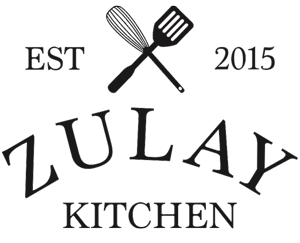














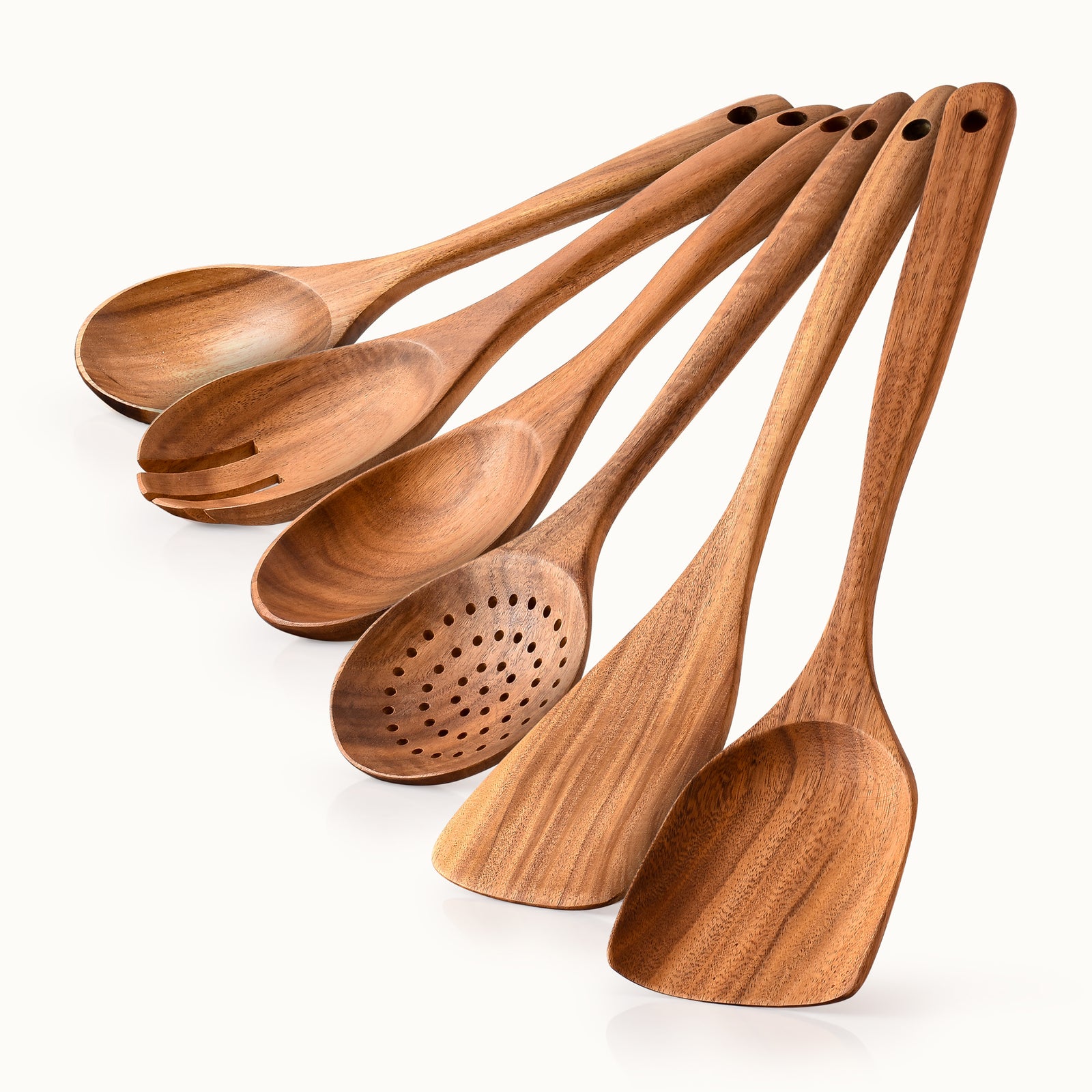
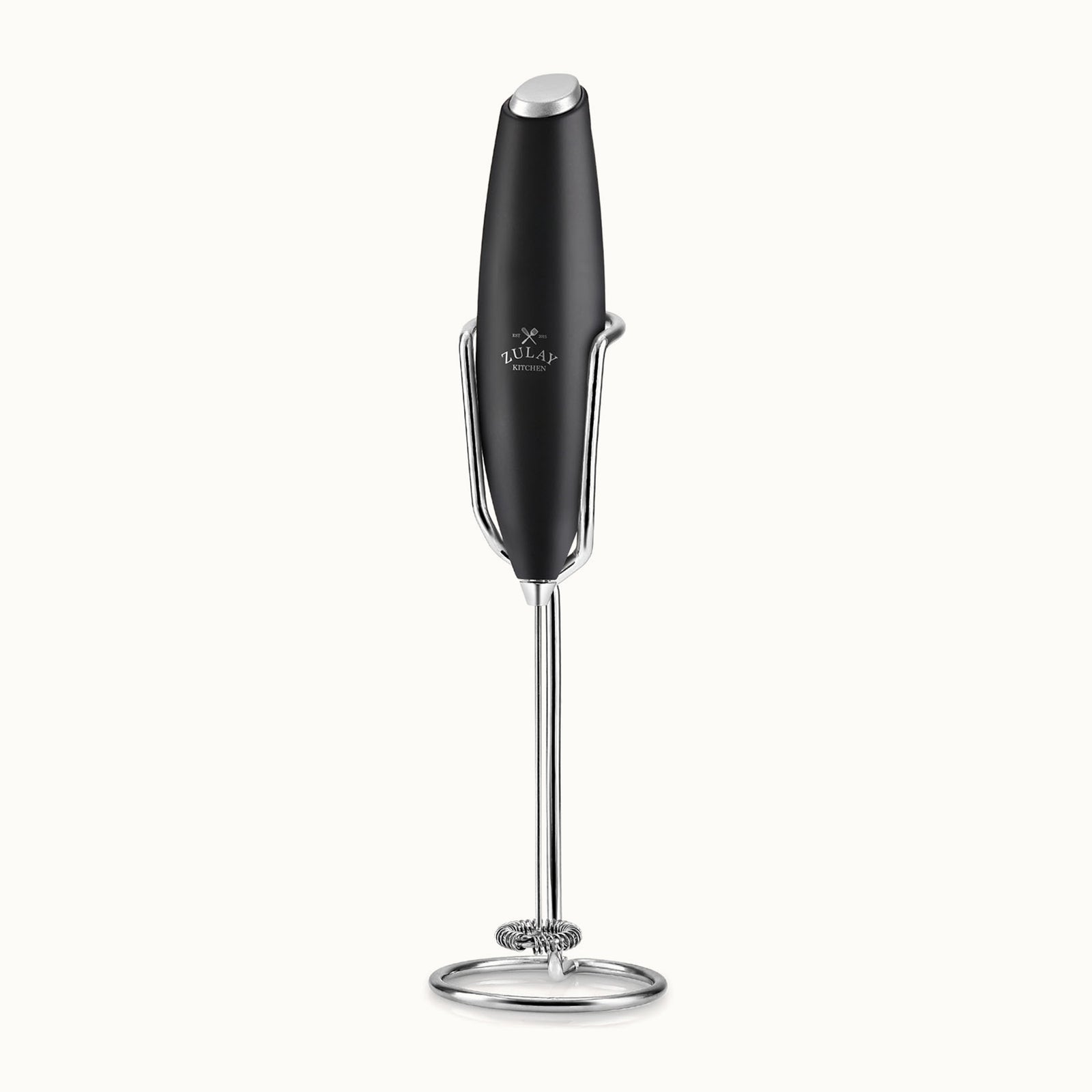
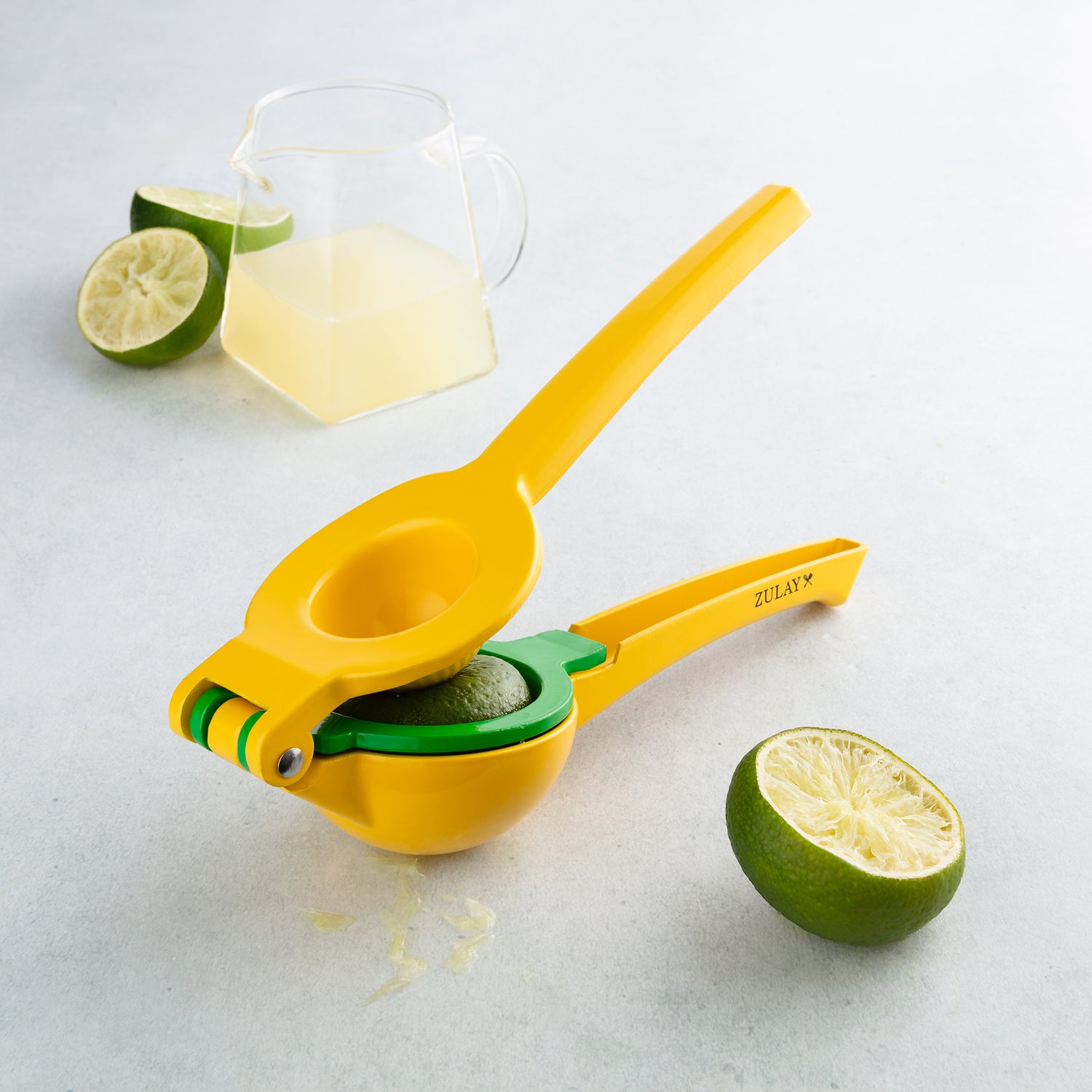
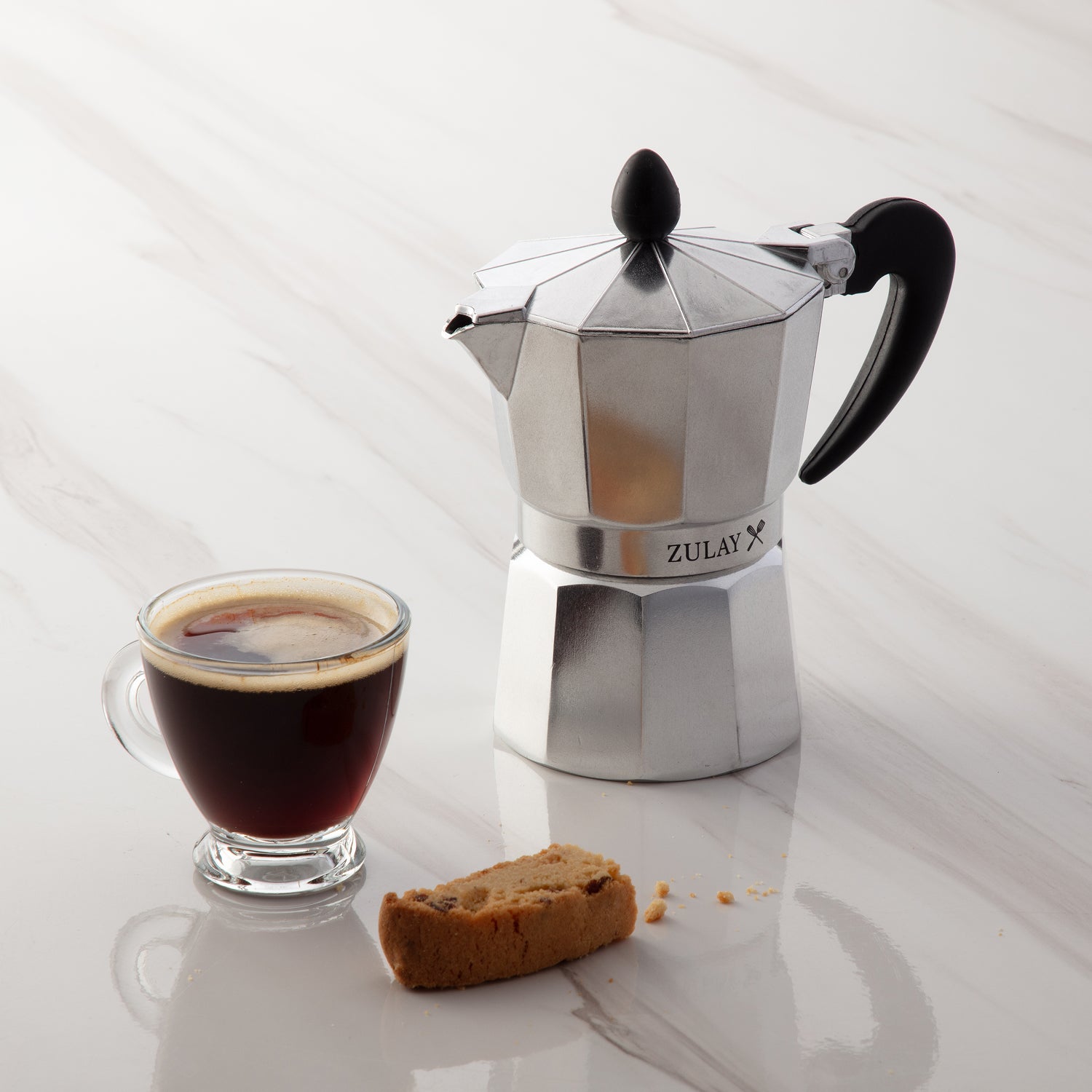



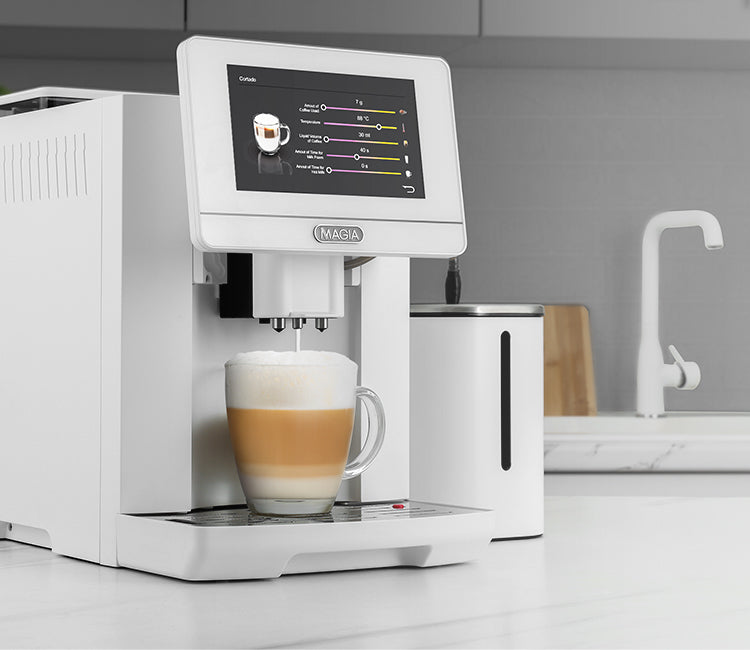
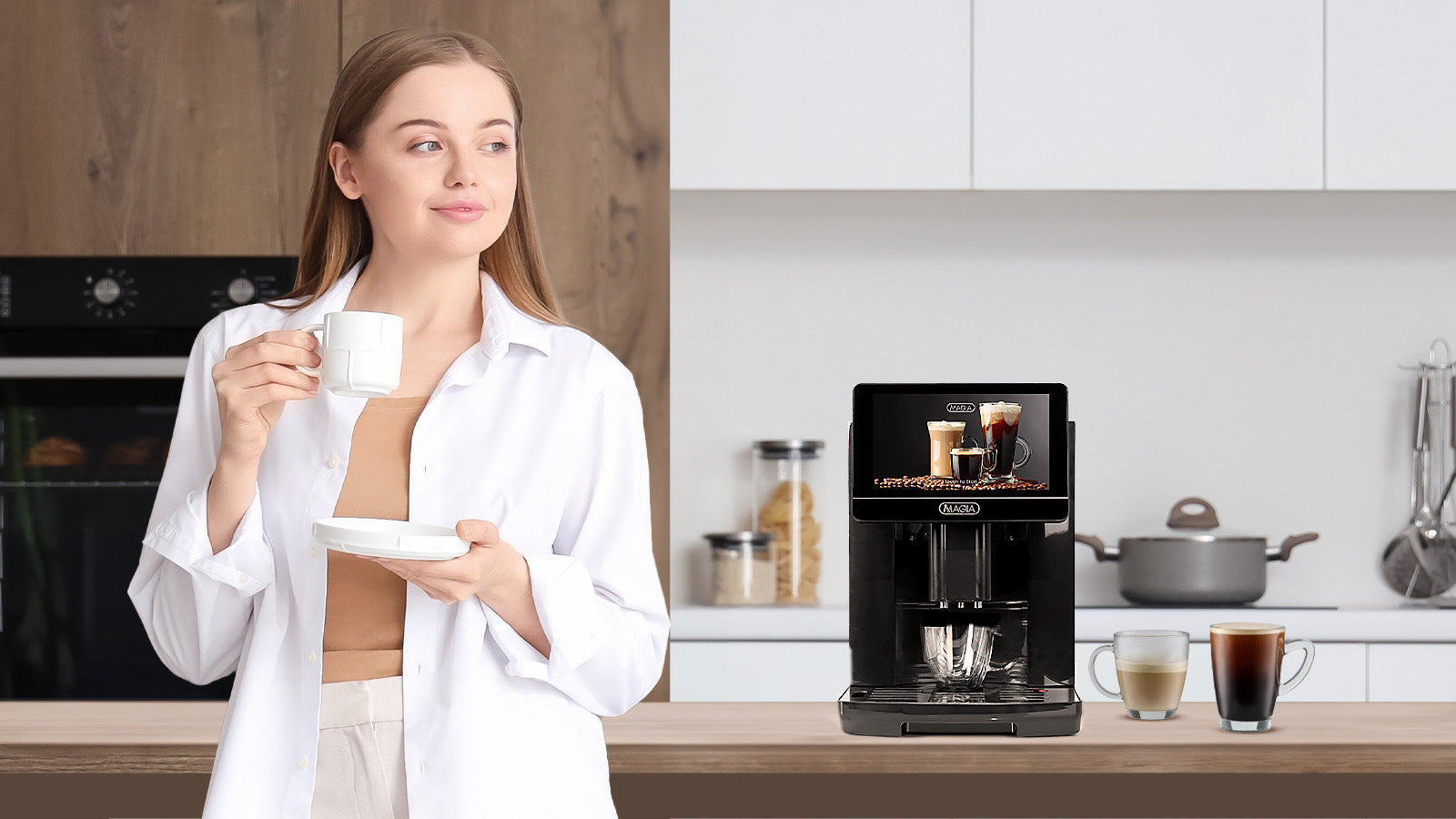
Leave a comment
This site is protected by hCaptcha and the hCaptcha Privacy Policy and Terms of Service apply.